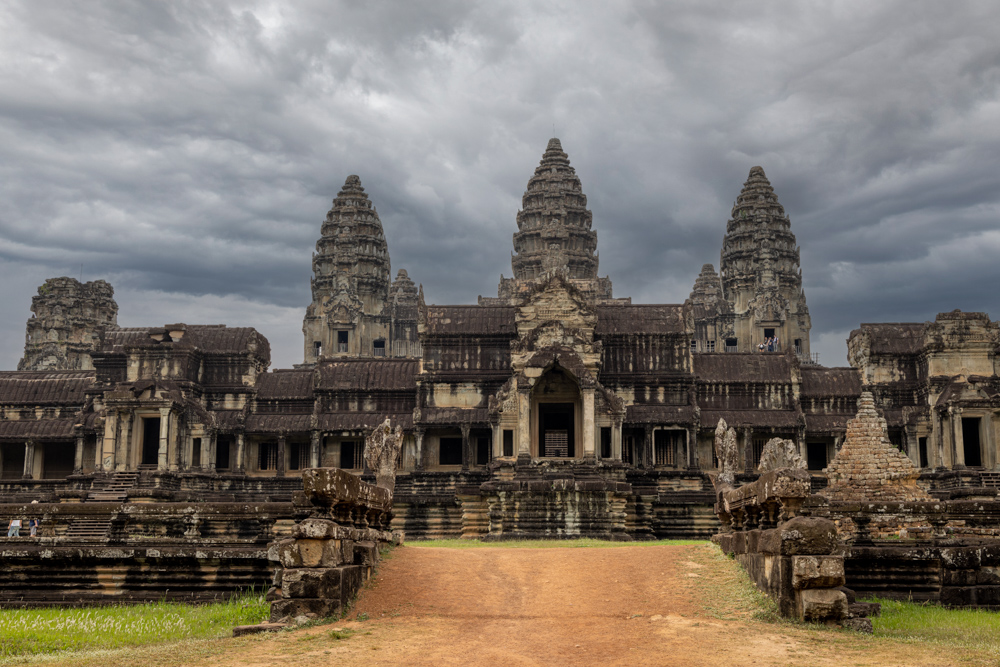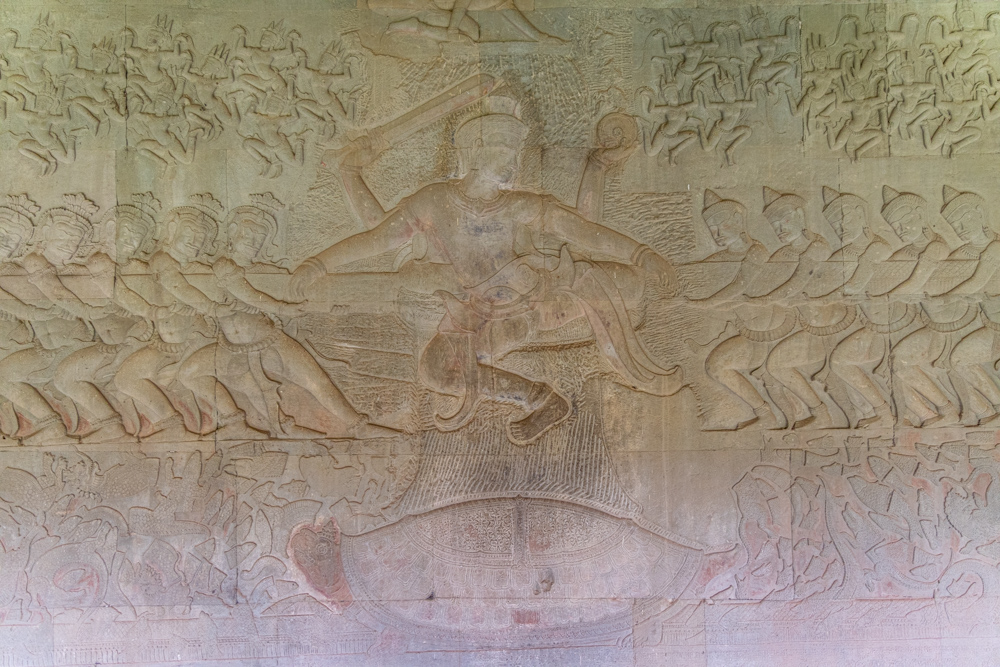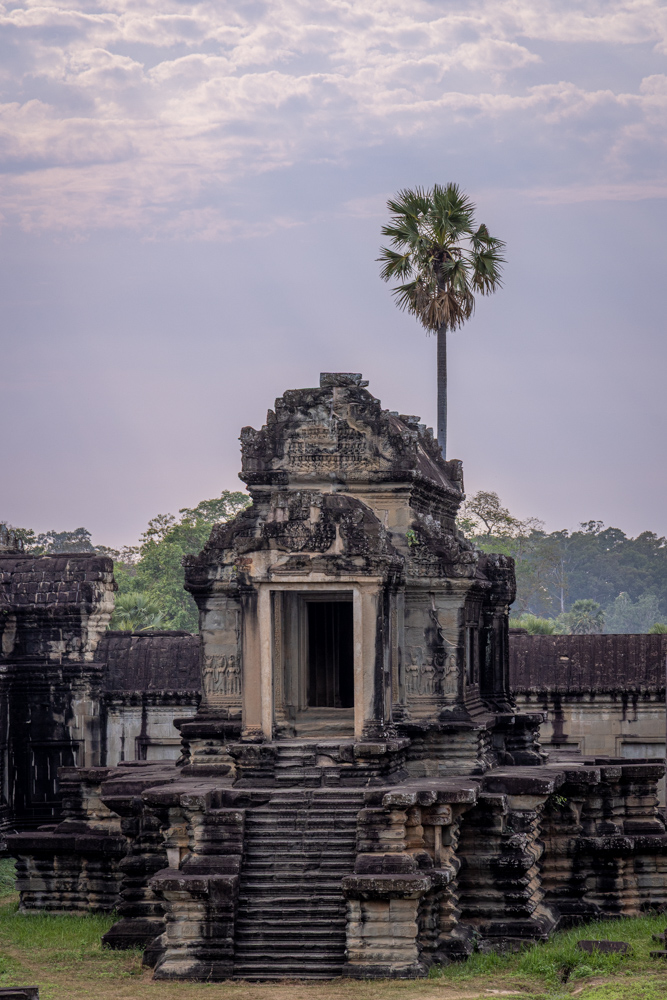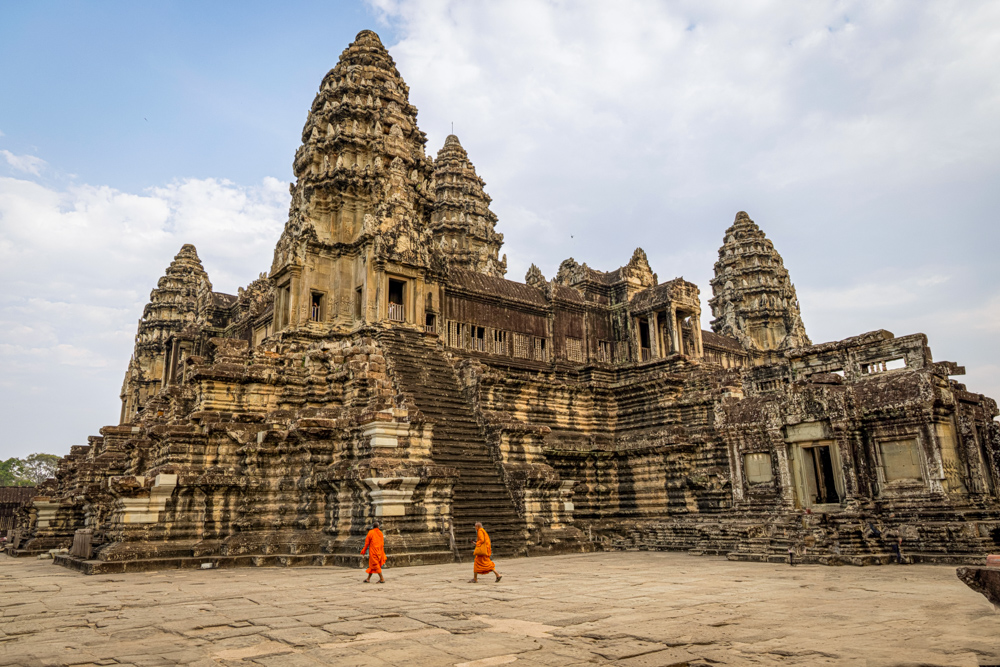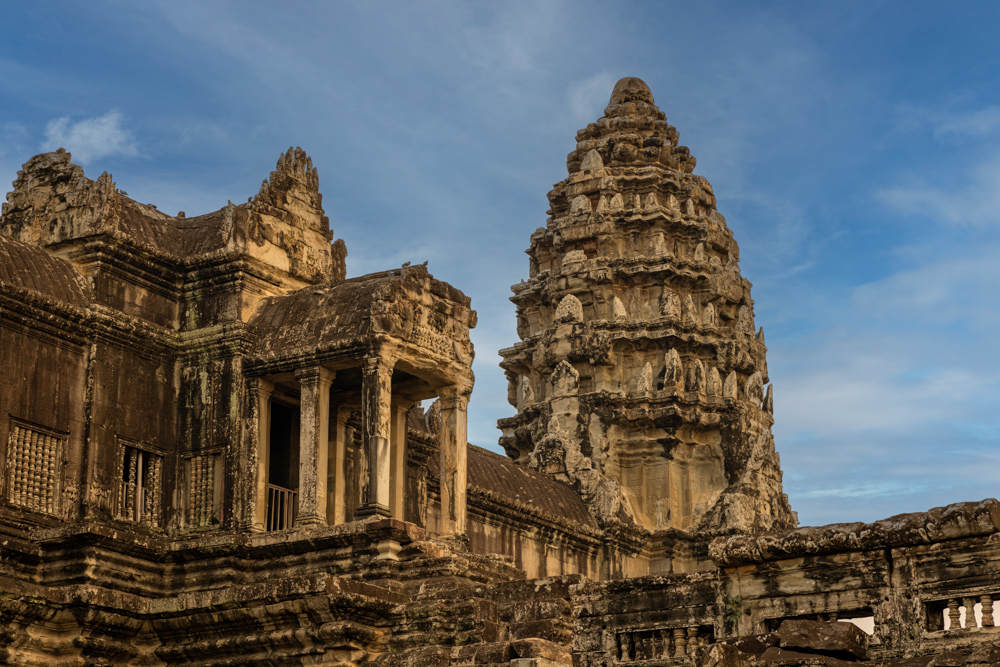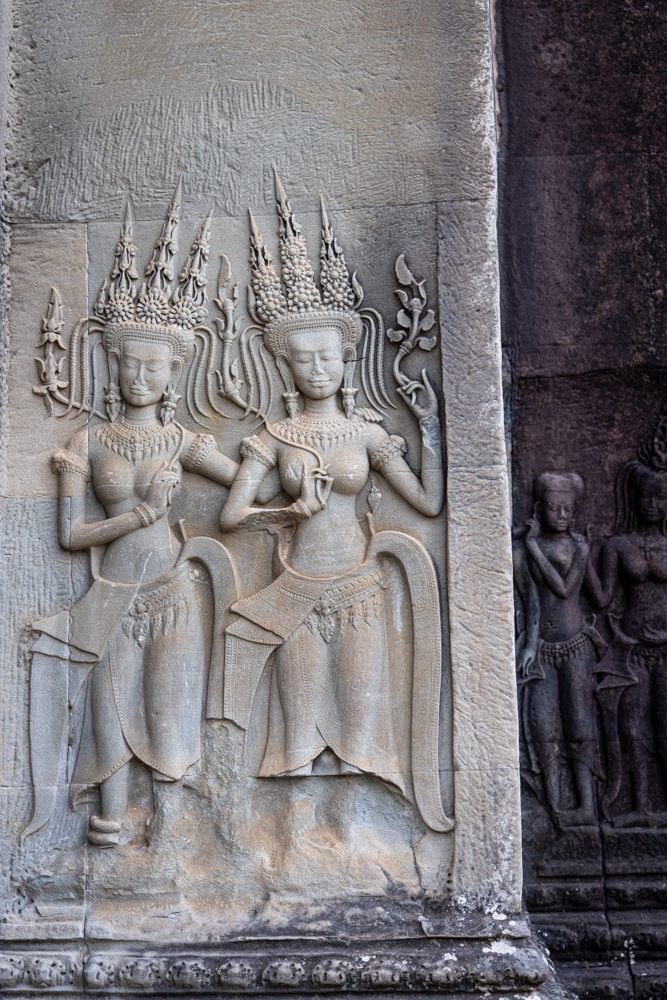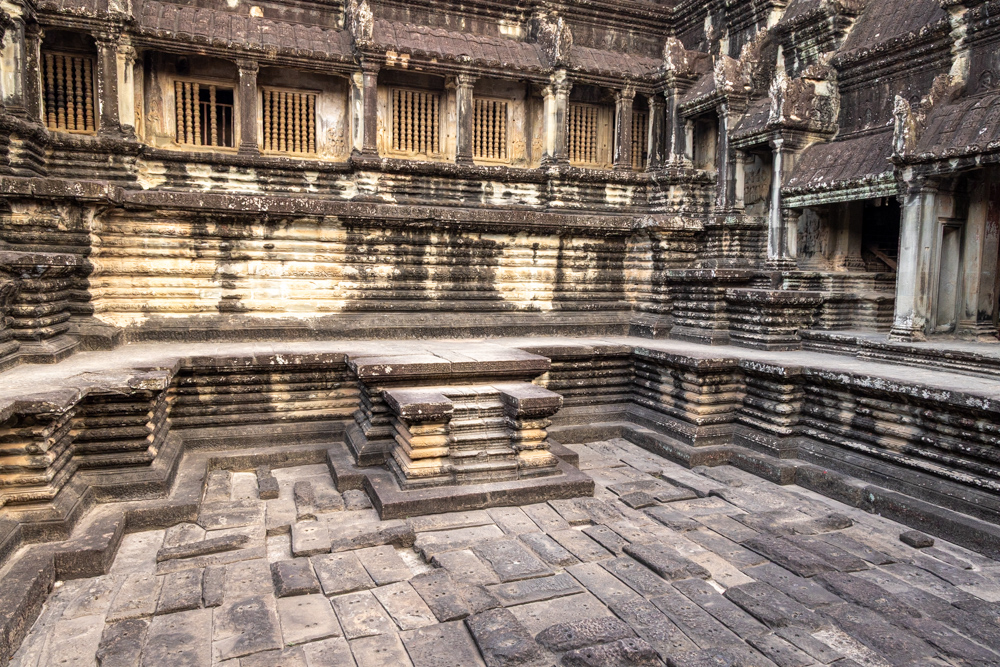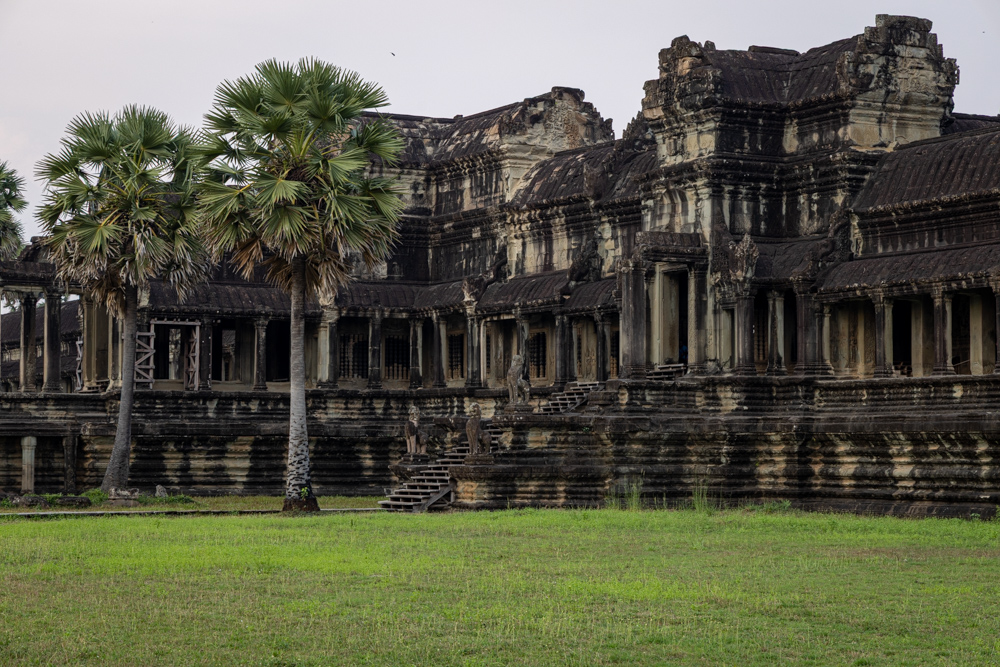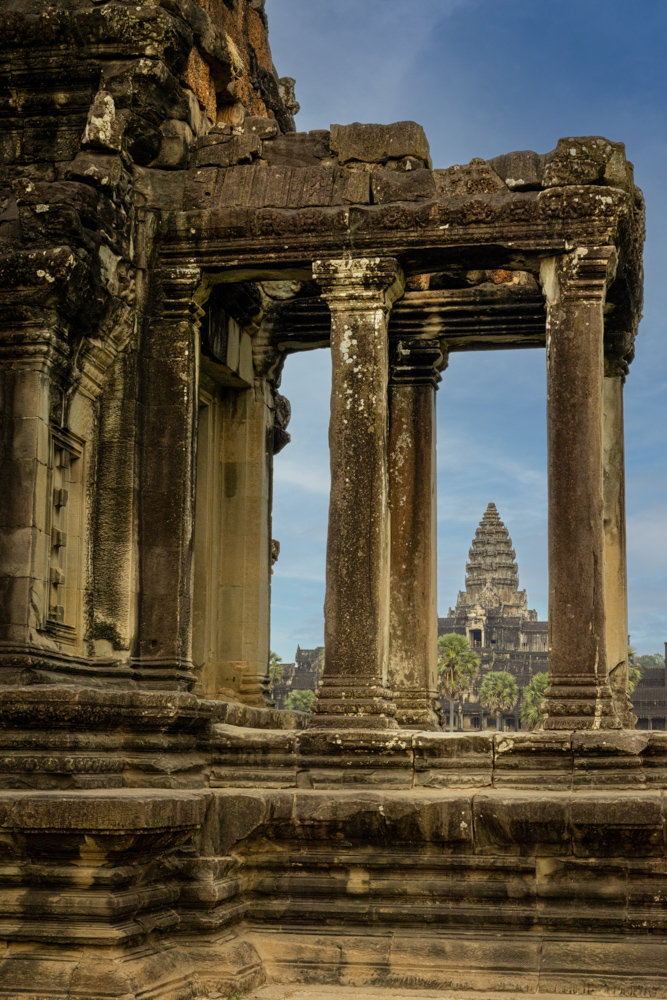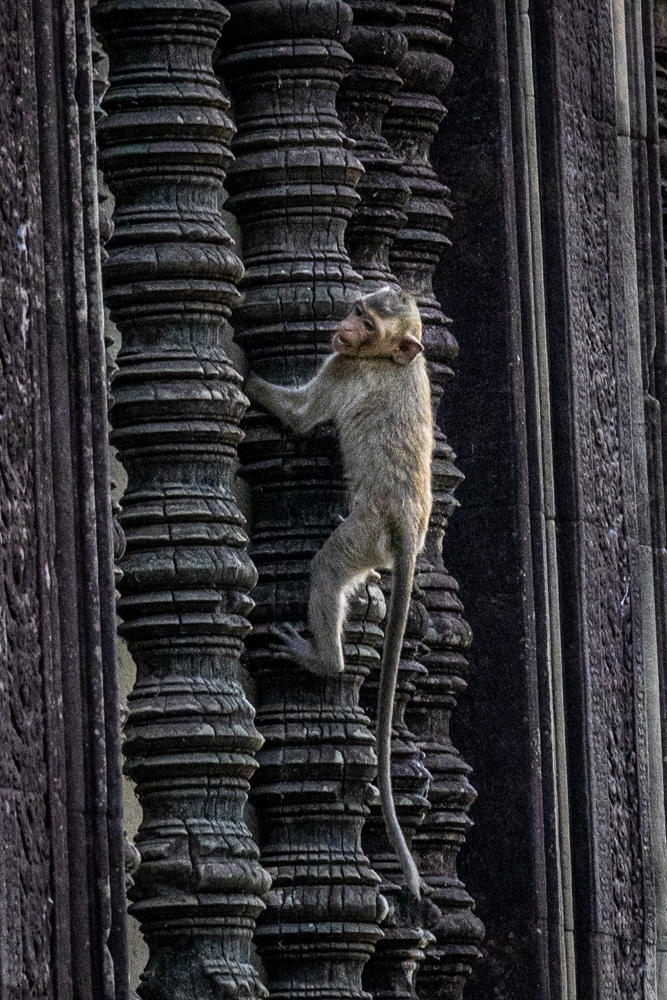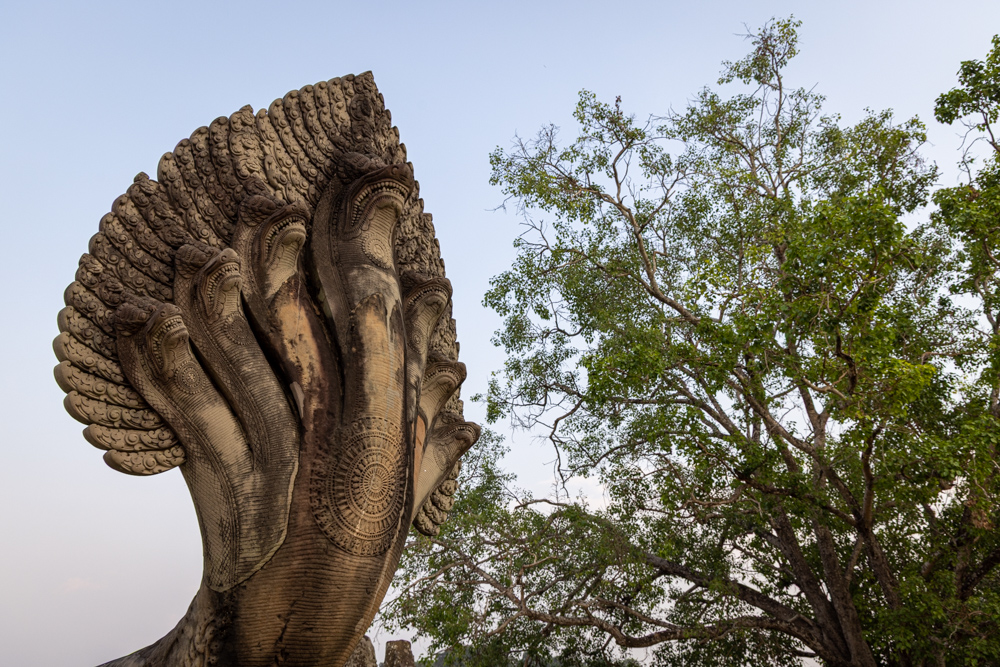Tuesday, 14 February 2023 -
We woke very early to secure tickets to Angkor Wat then park and walk to the temple before sunrise.
We were not alone - hundreds of tourists were on the grounds to see the sun rise.
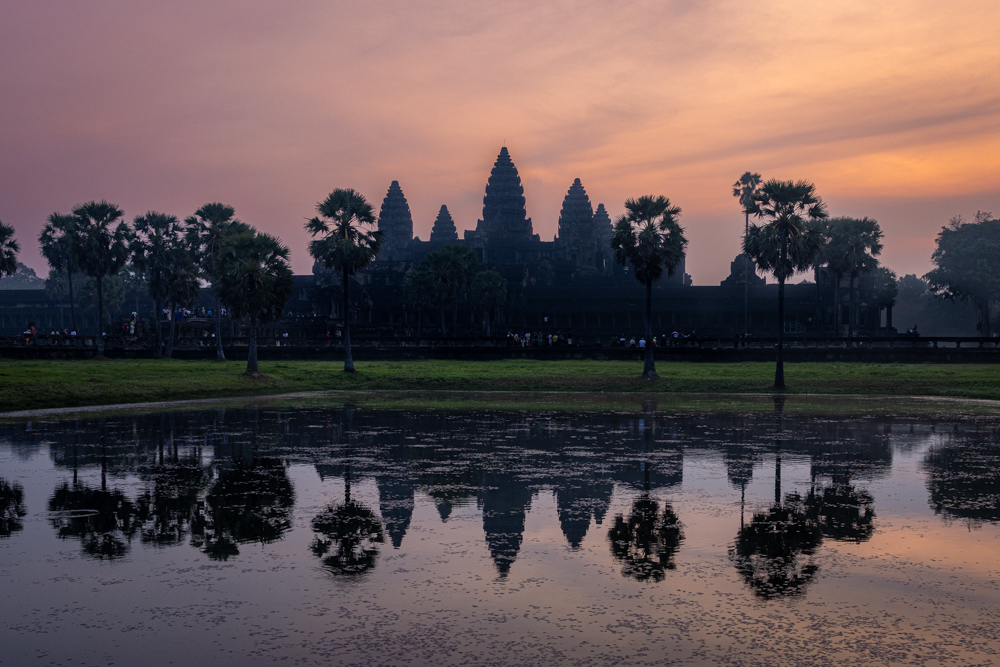
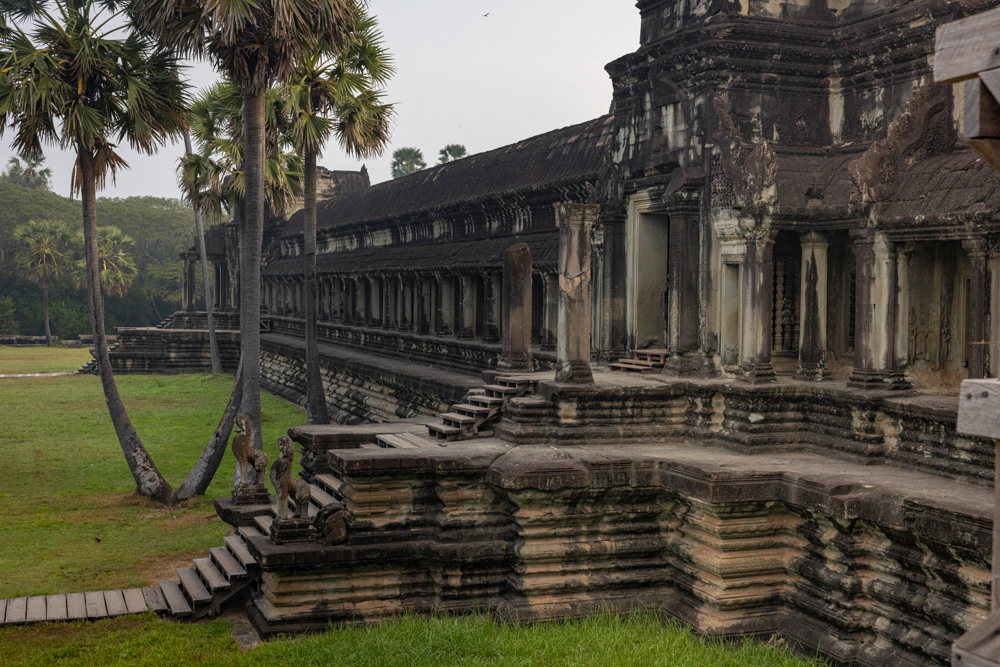
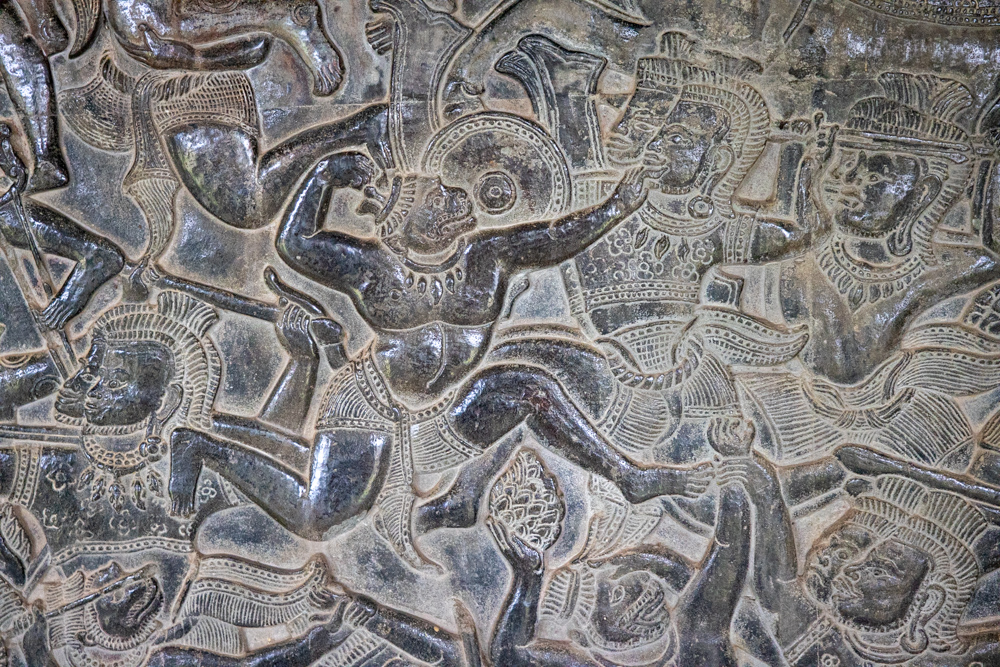
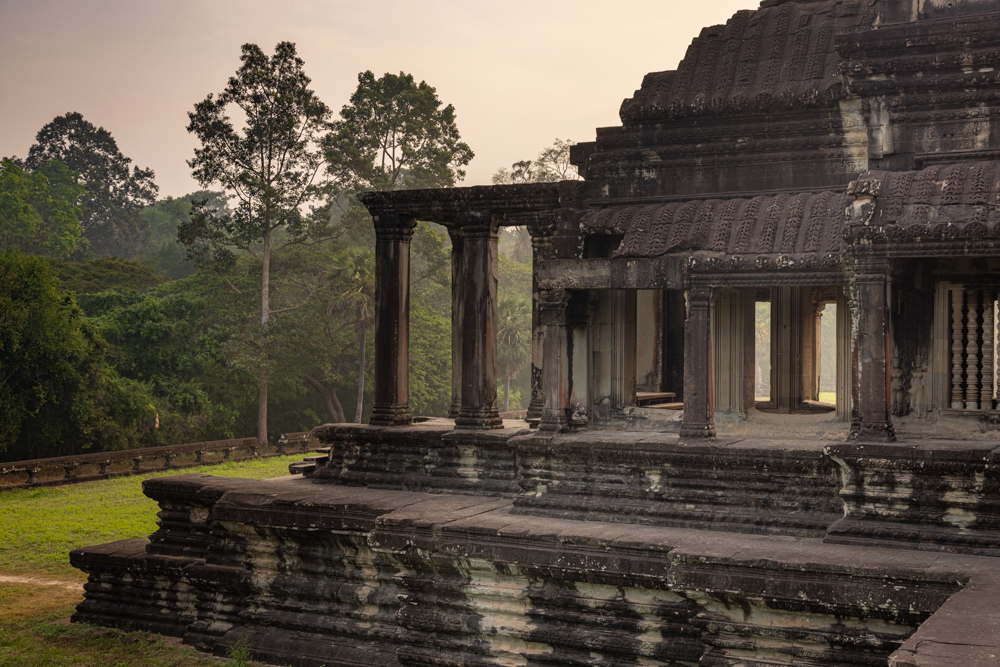
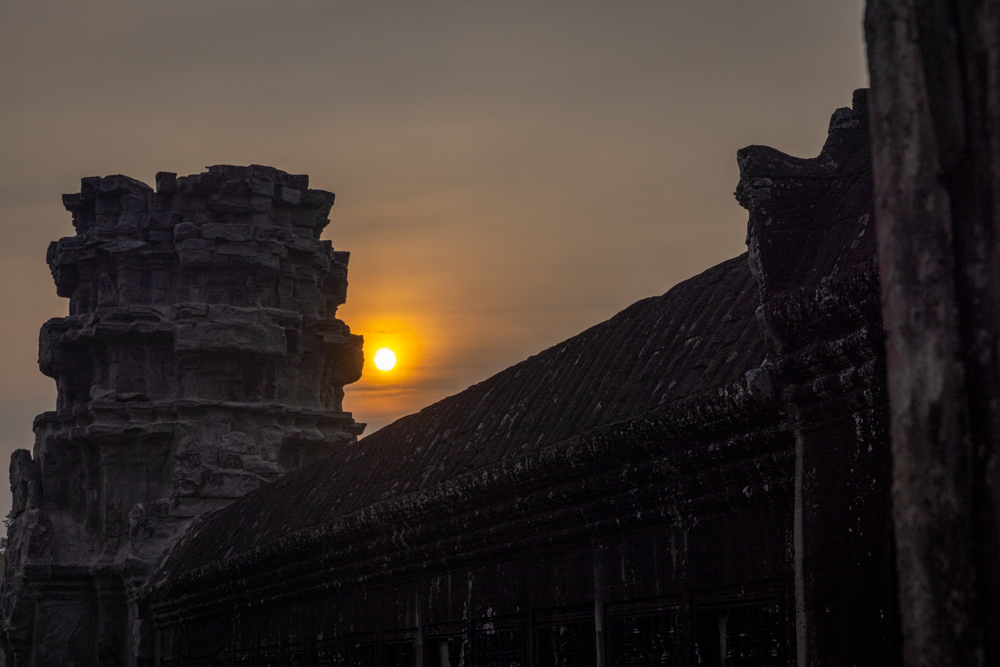


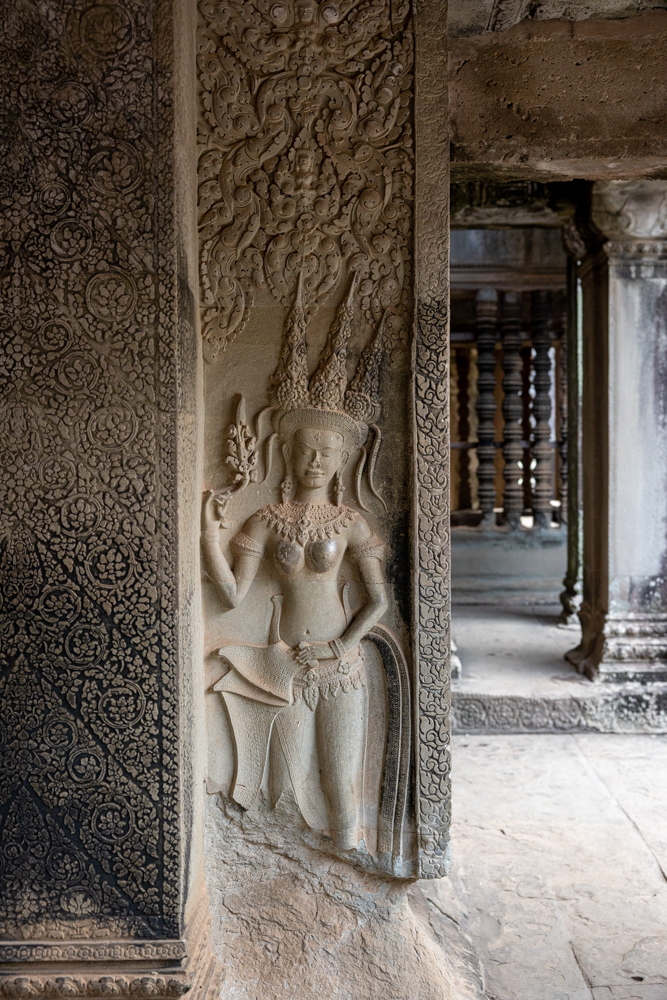

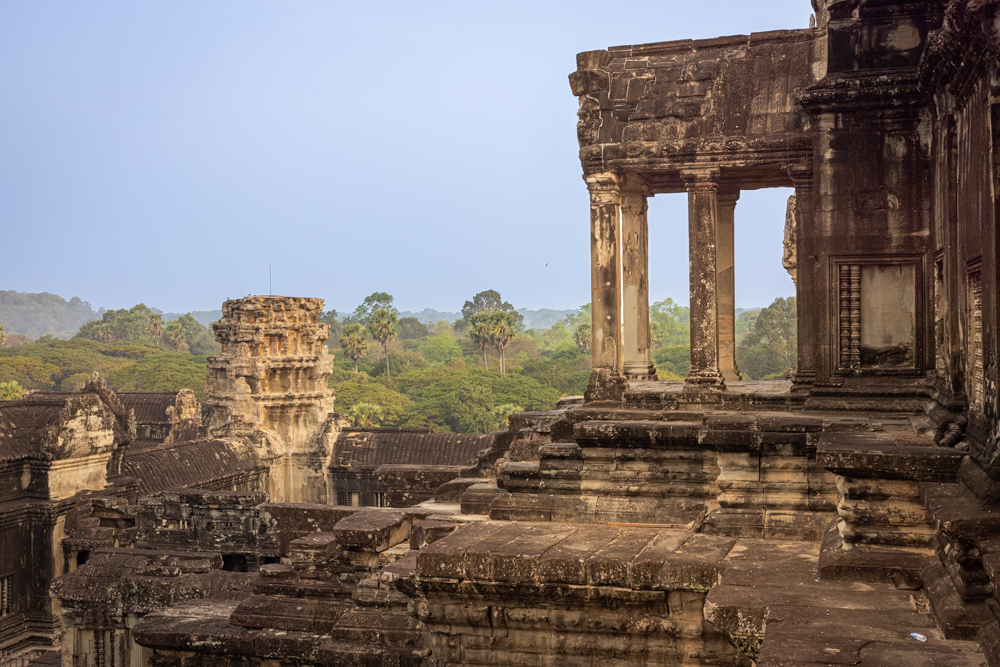

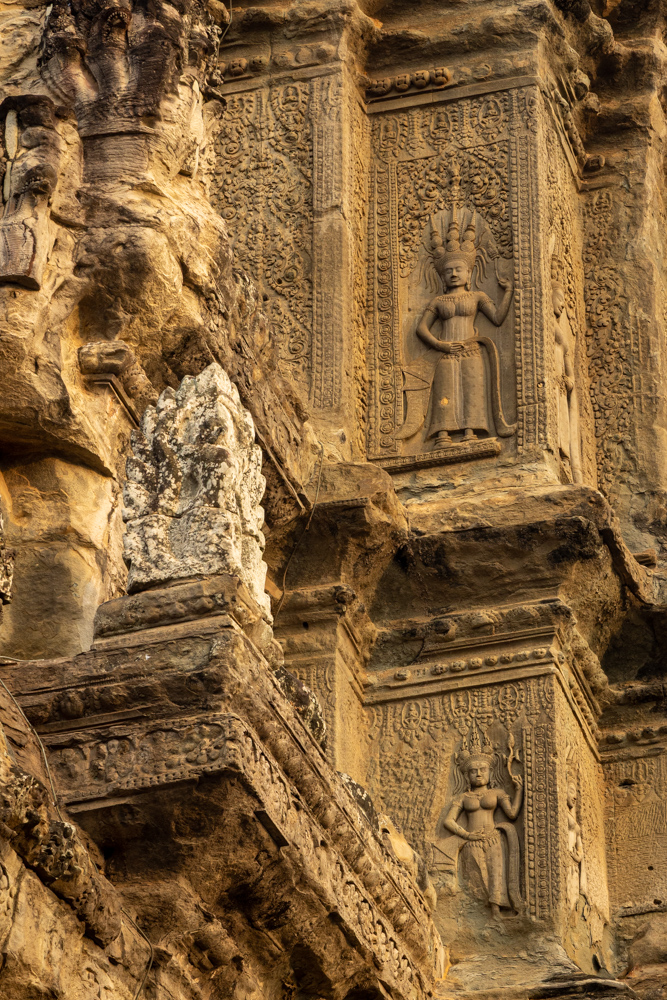






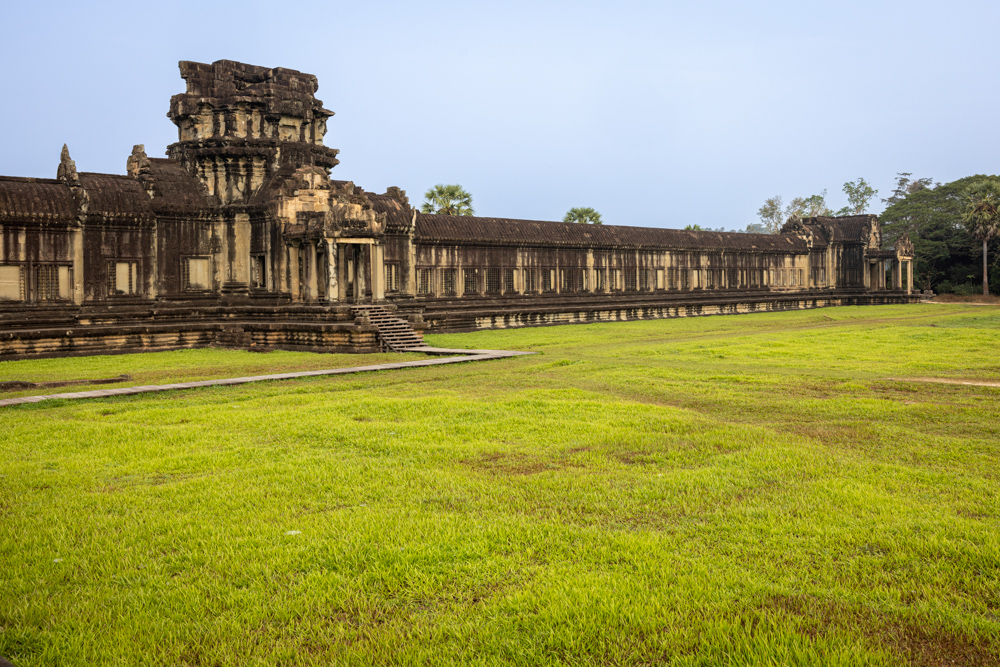
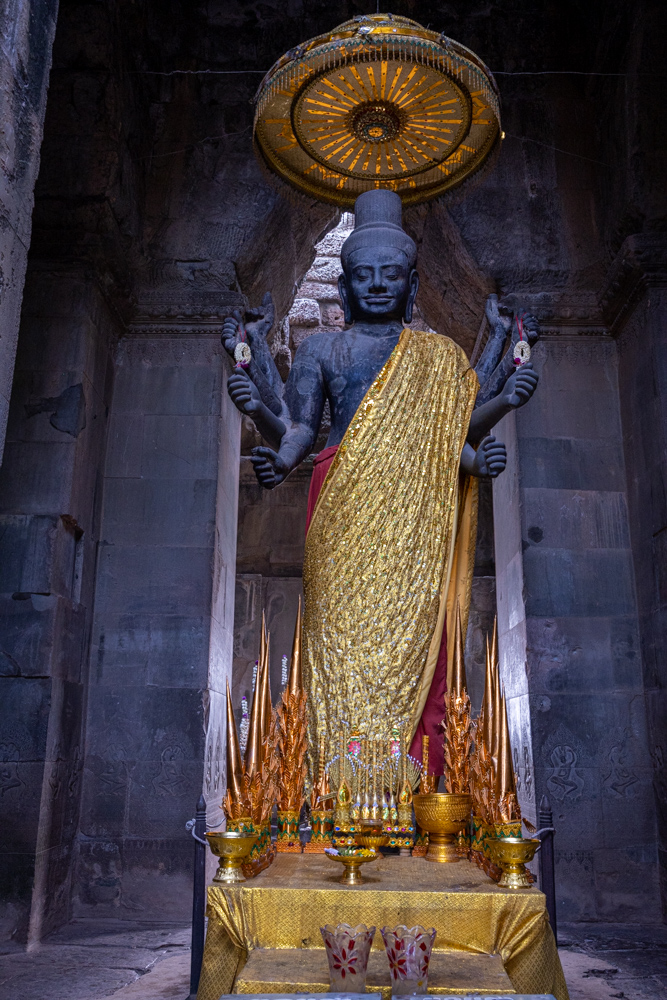
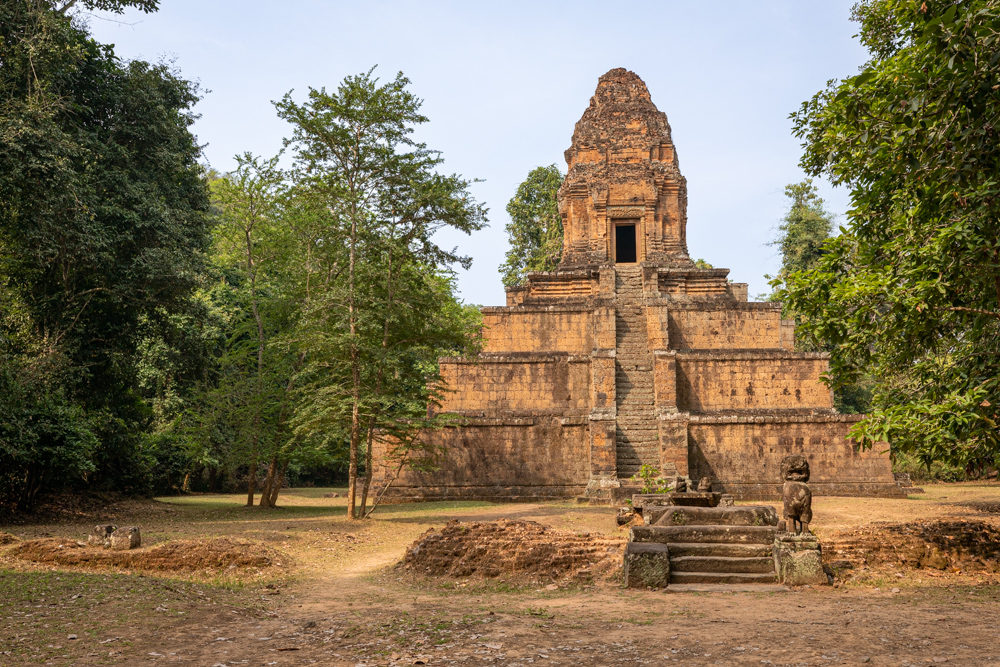
The name "Baksei Chamkrong" means "The Bird Who Shelters Under Its Wings" and comes from a legend. In it, the king tried to flee Angkor during a siege and then a huge bird landed and sheltered him under its wings.
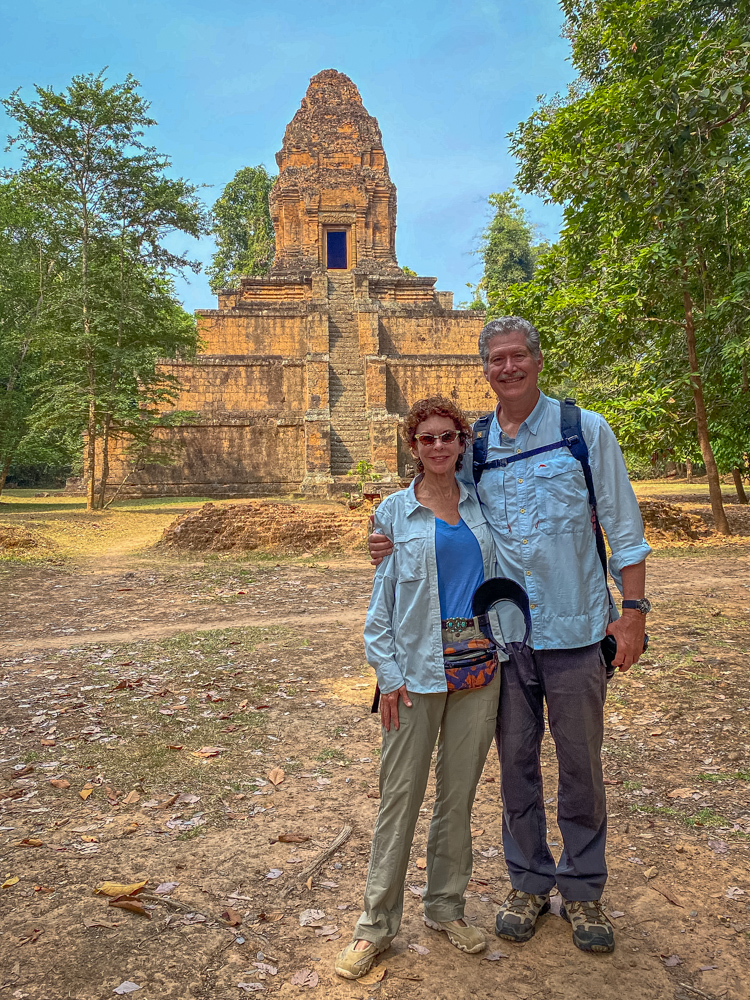
The temple was one of the first made of a durable material like brick.
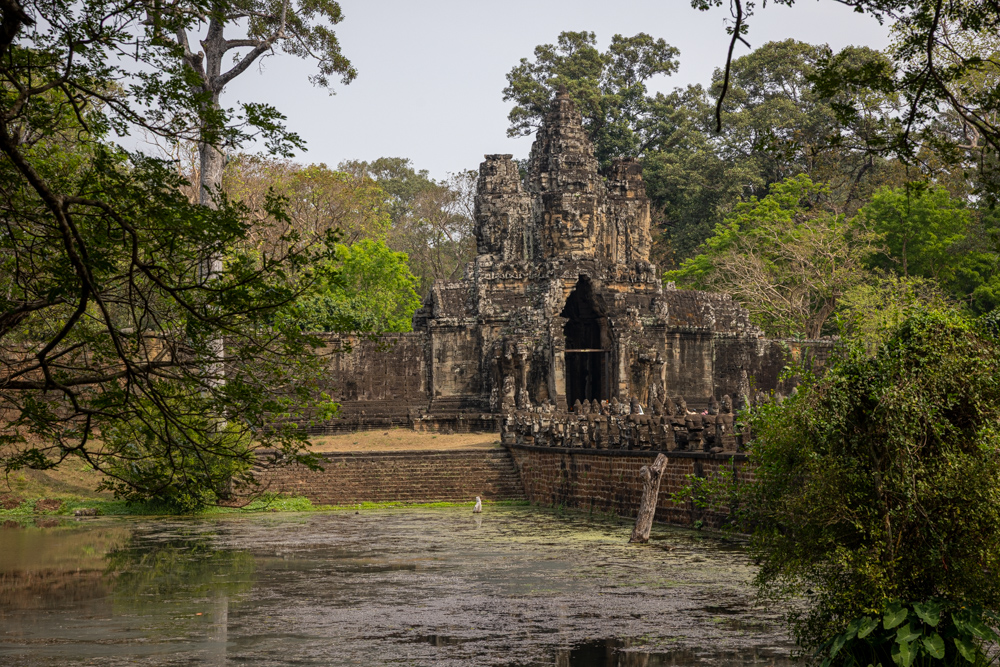
Many of the temple areas had huge moats around the outside parameter of the city built around the temple area. The effort to have dug the giant moats is phenomenal.
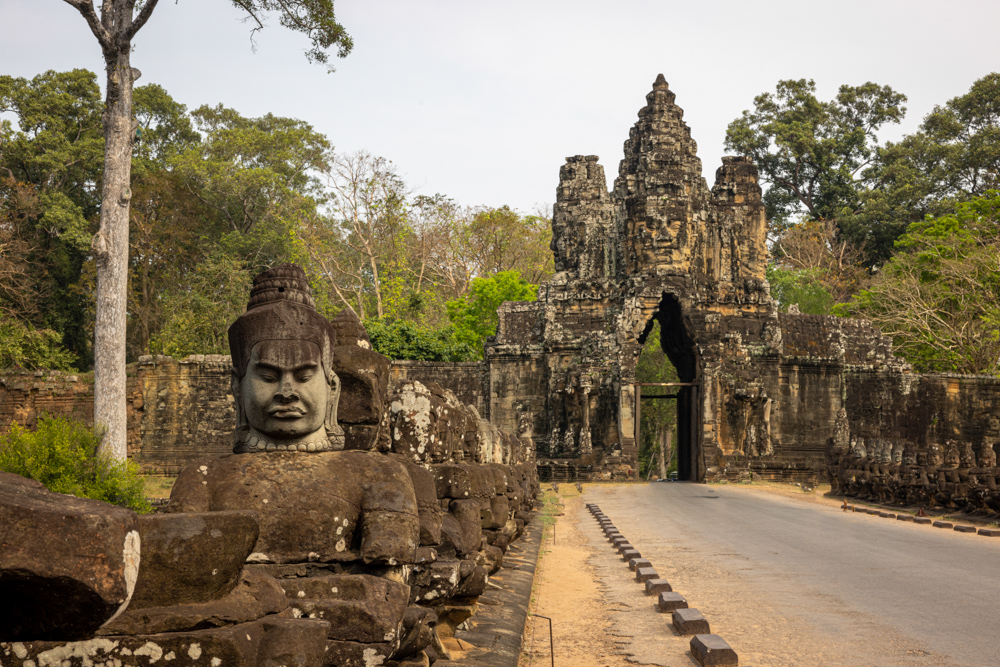
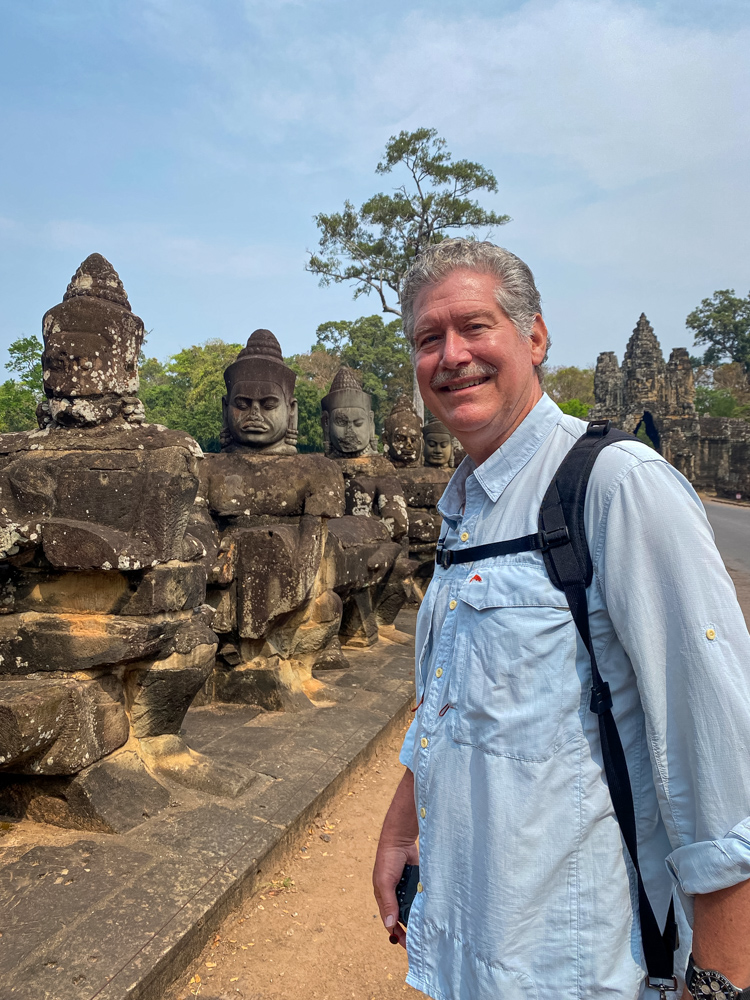
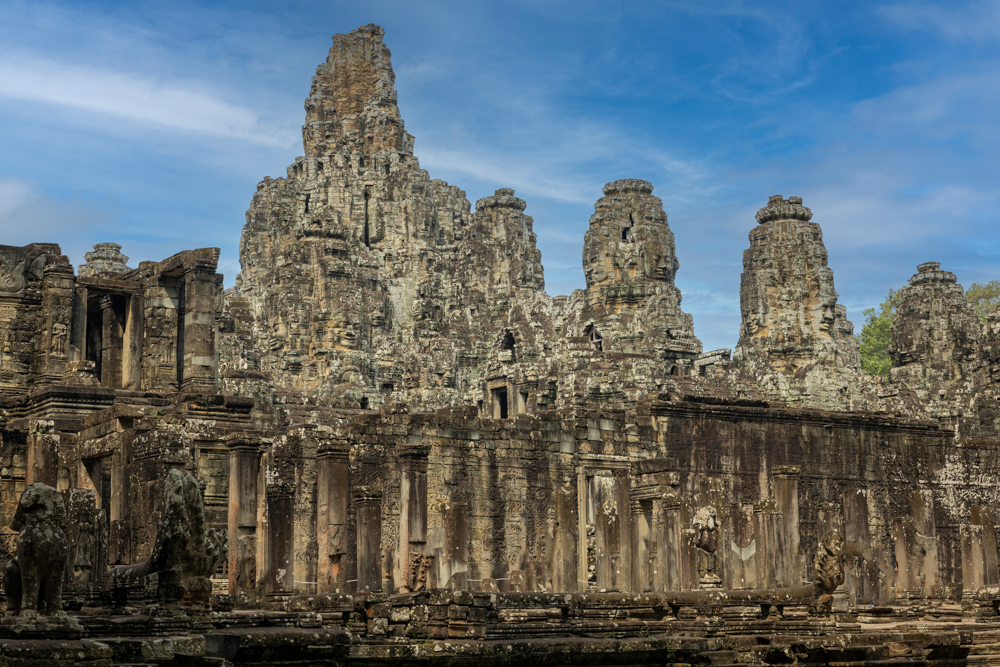
Within the temple itself, there are two galleried enclosures (the third and second enclosures) and an upper terrace (the first enclosure). All of these elements are crowded against each other with little space between.
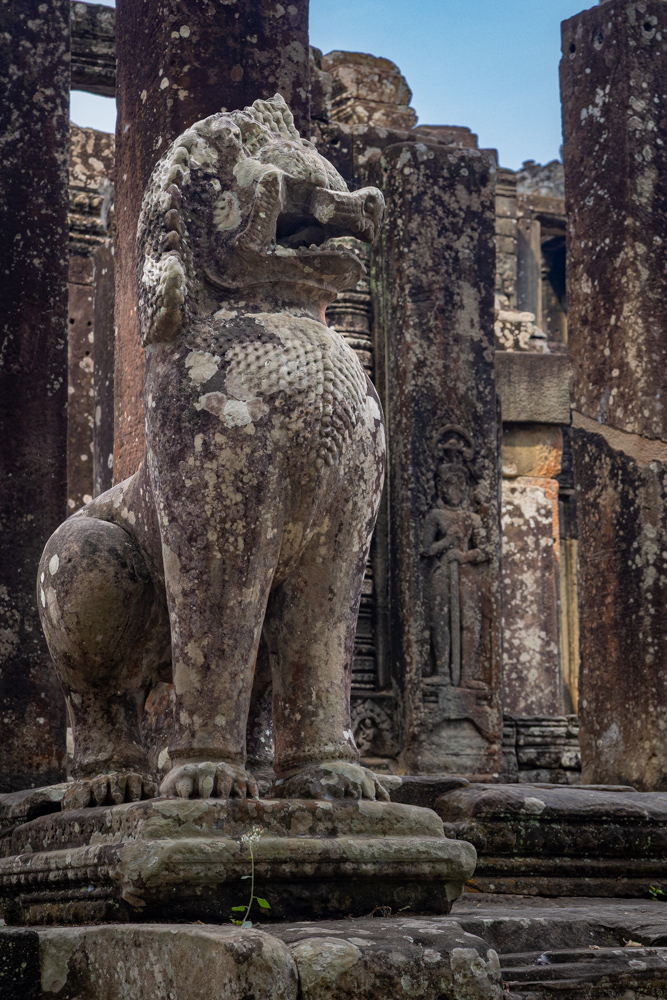


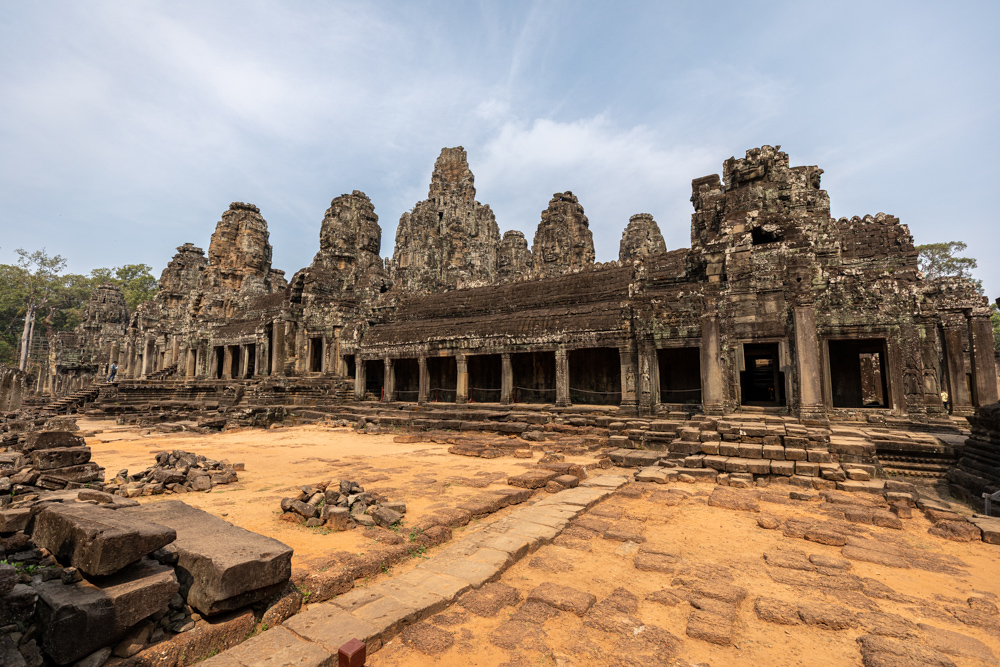

Very hard to get great pictures of the towers as they are so close to the walkway of the inner gallery.
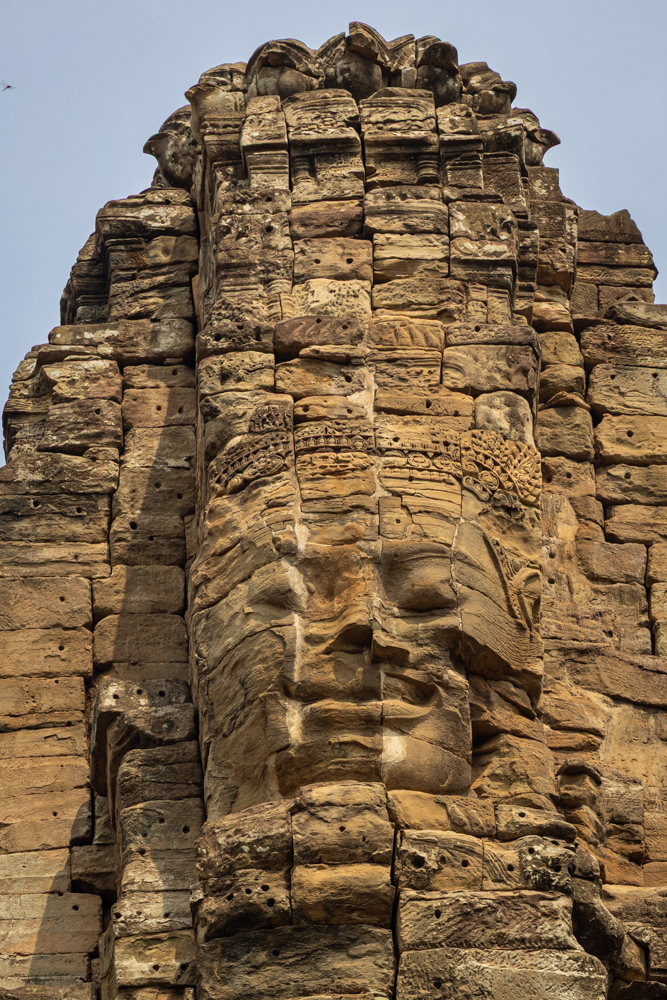
Typically there are 4 faces on each tower facing in the four cardinal directions.
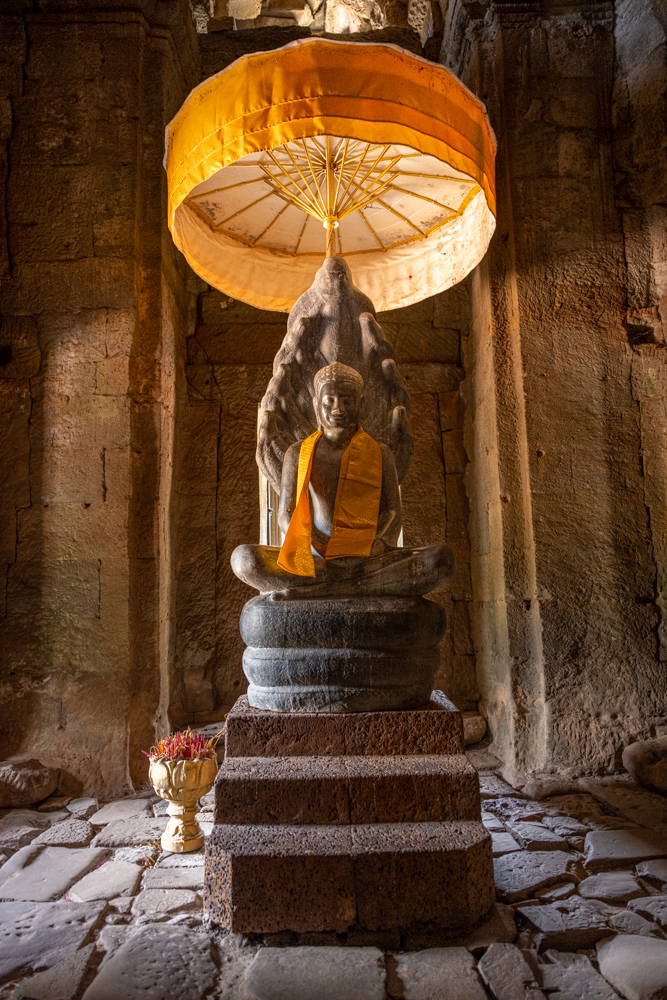
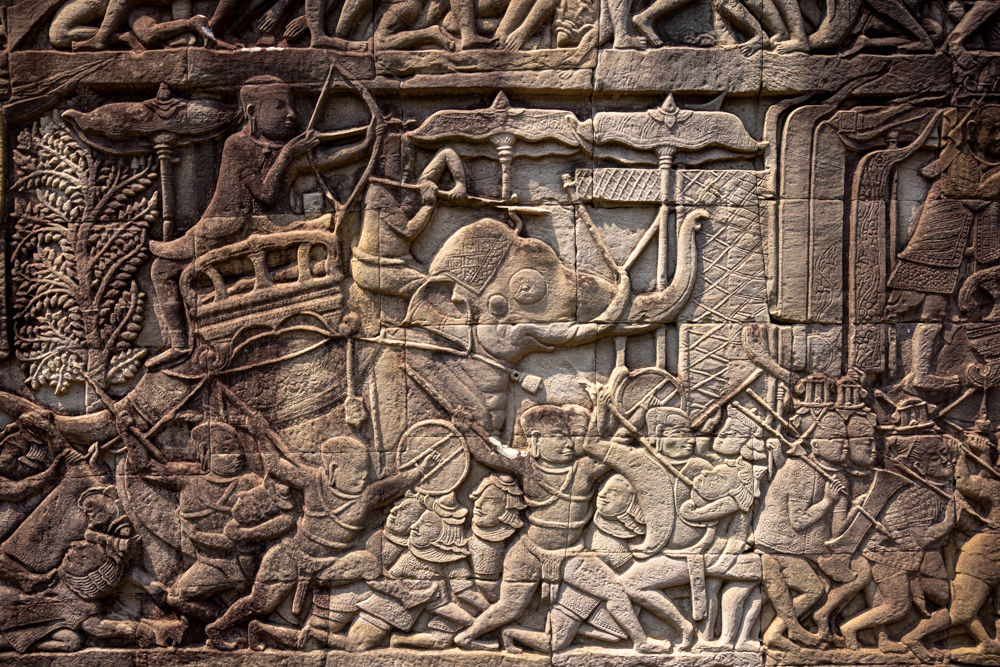
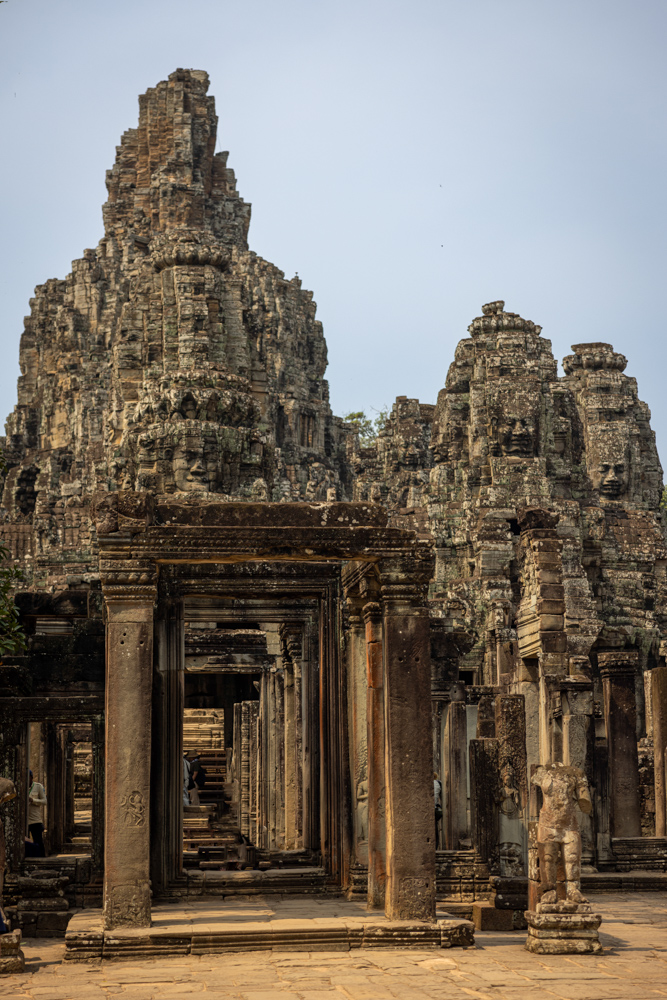
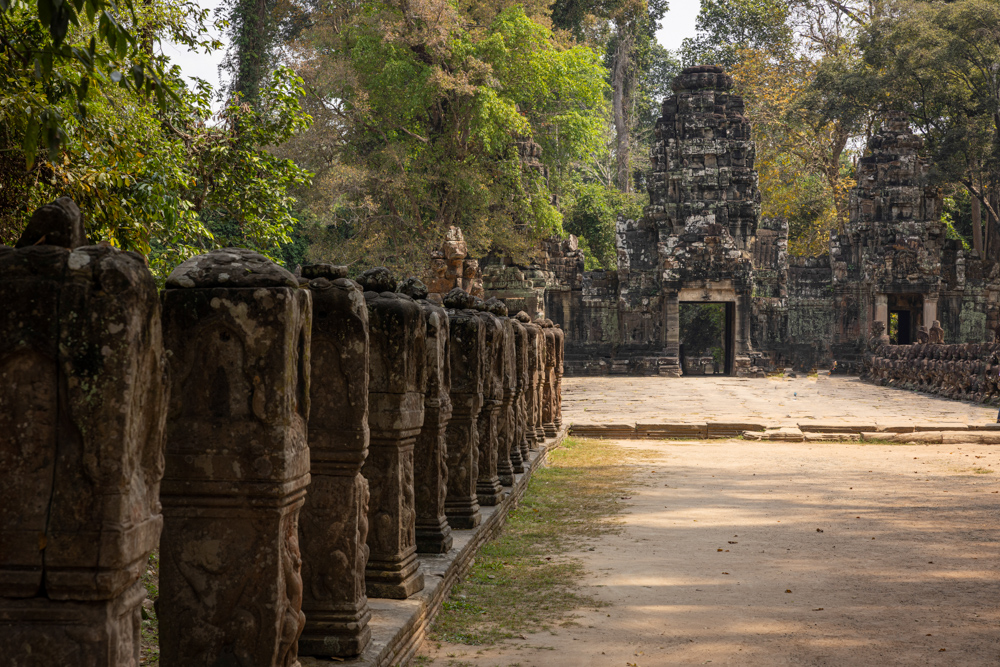
This temple is not being restored but simply maintained.
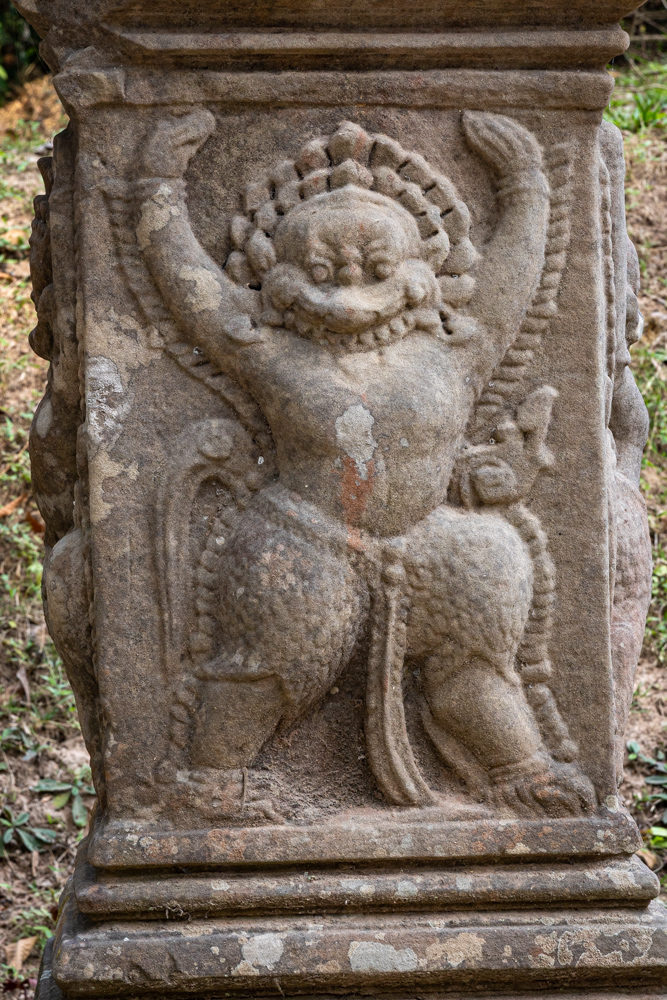

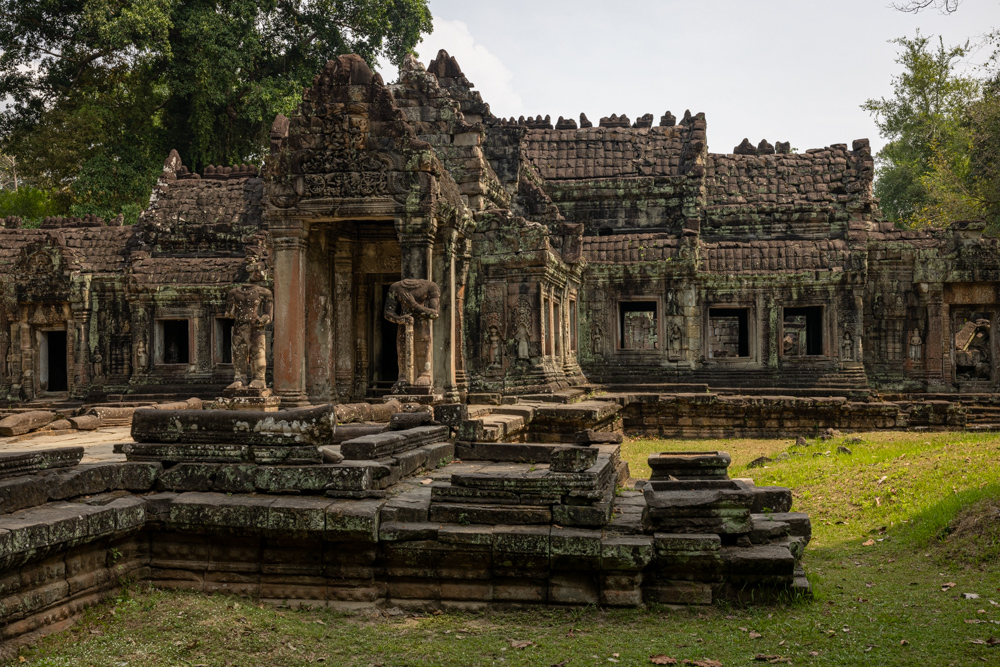
Preah Khan was built on the site of Jayavarman VII's victory over the invading Chams in 1191. The temple's name means "holy sword".

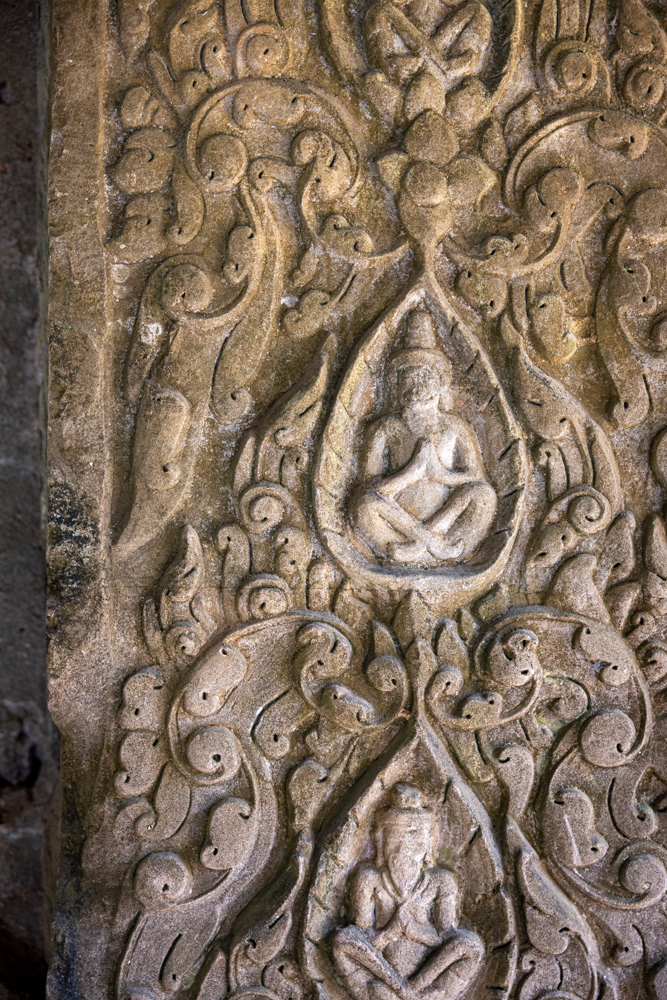

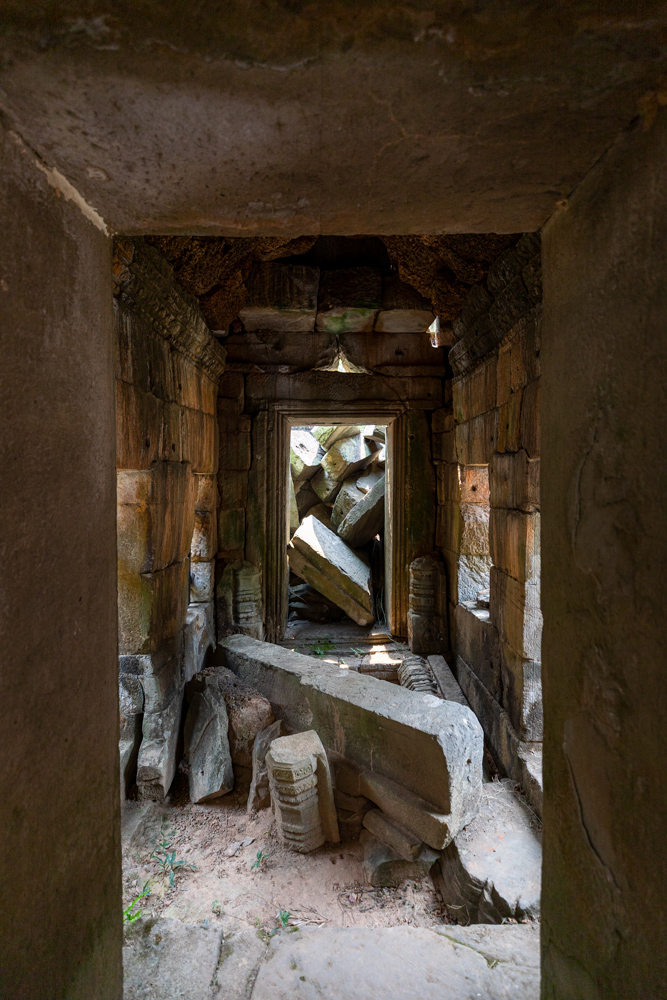



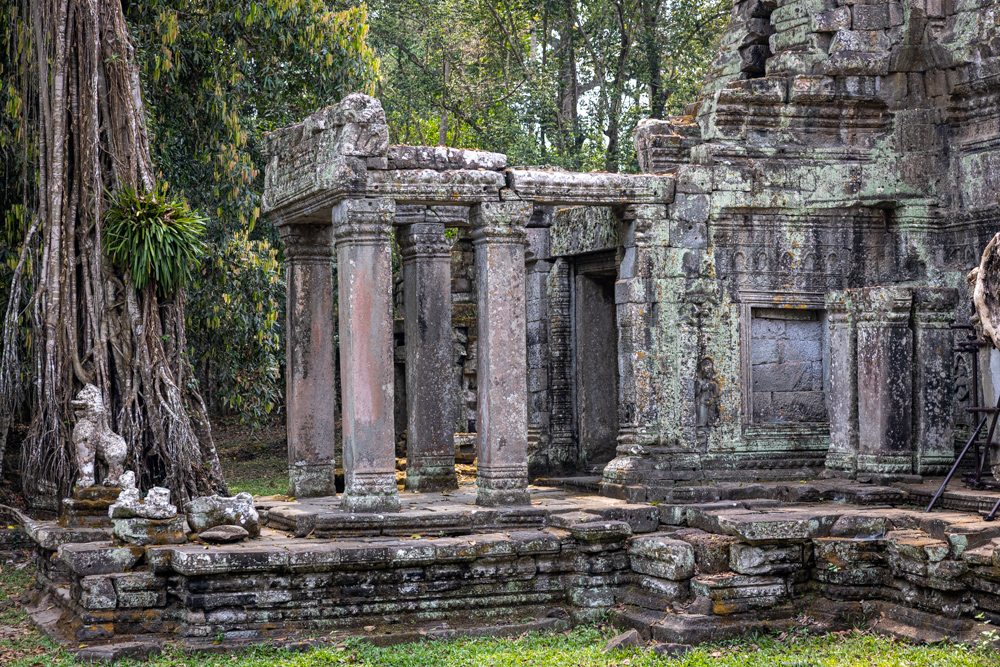
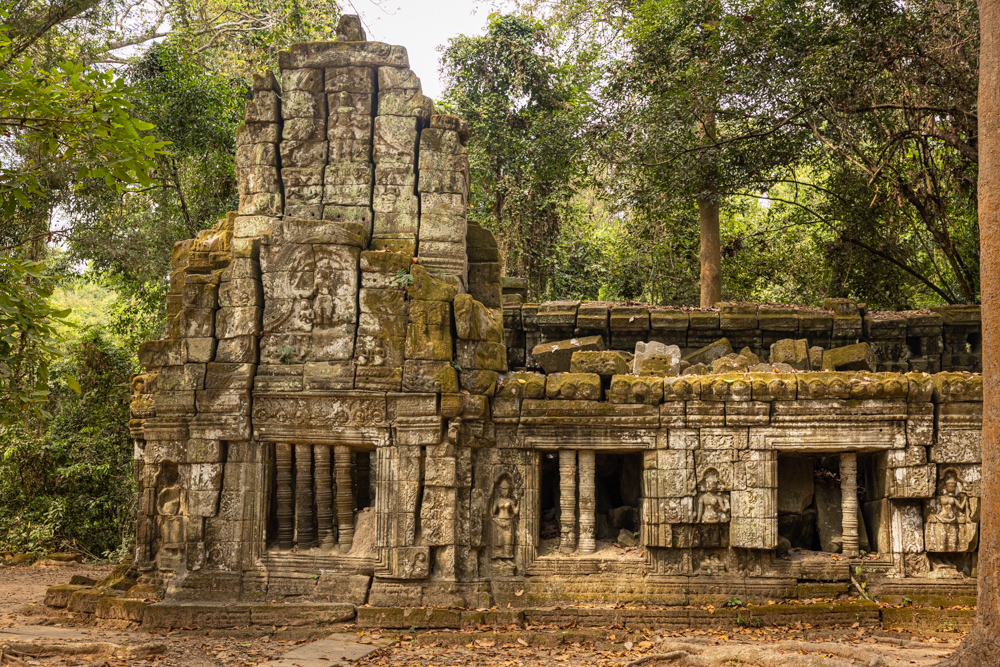
The temple is referred to as the "Tomb Raider Temple" or the "Angelina Jolie Temple" due to its depiction in the film Lara Croft: Tomb Raider (2001).
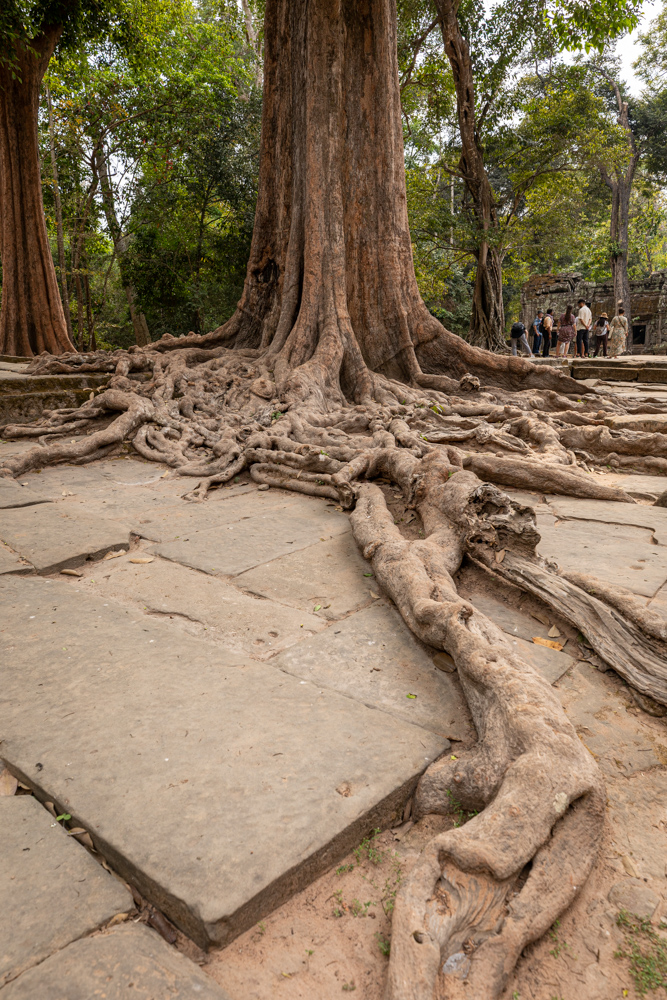
It has been on the UNESCO World Heritage List since 1992.



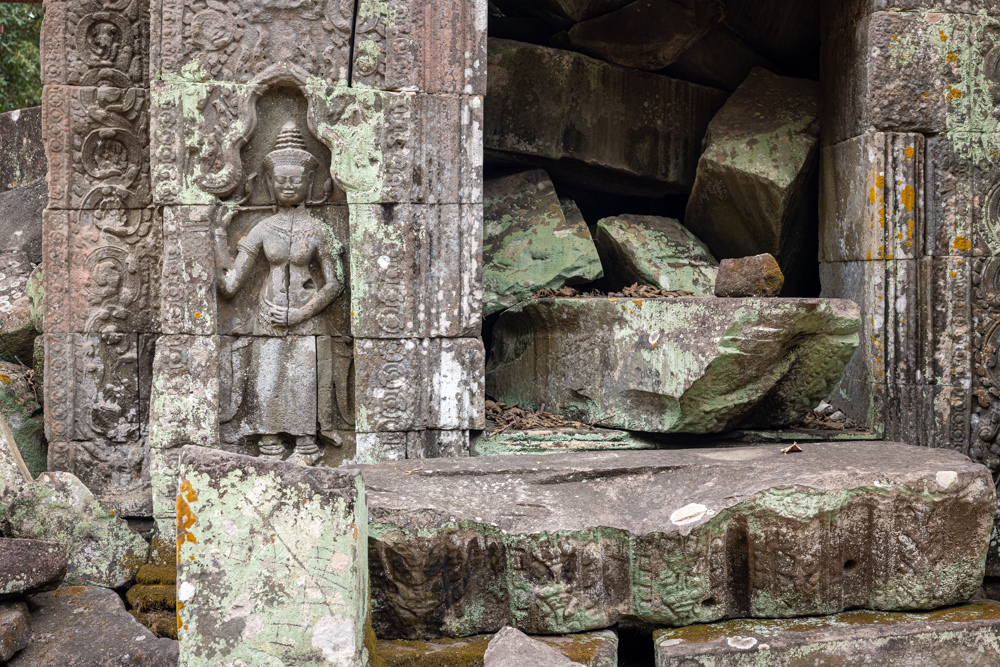
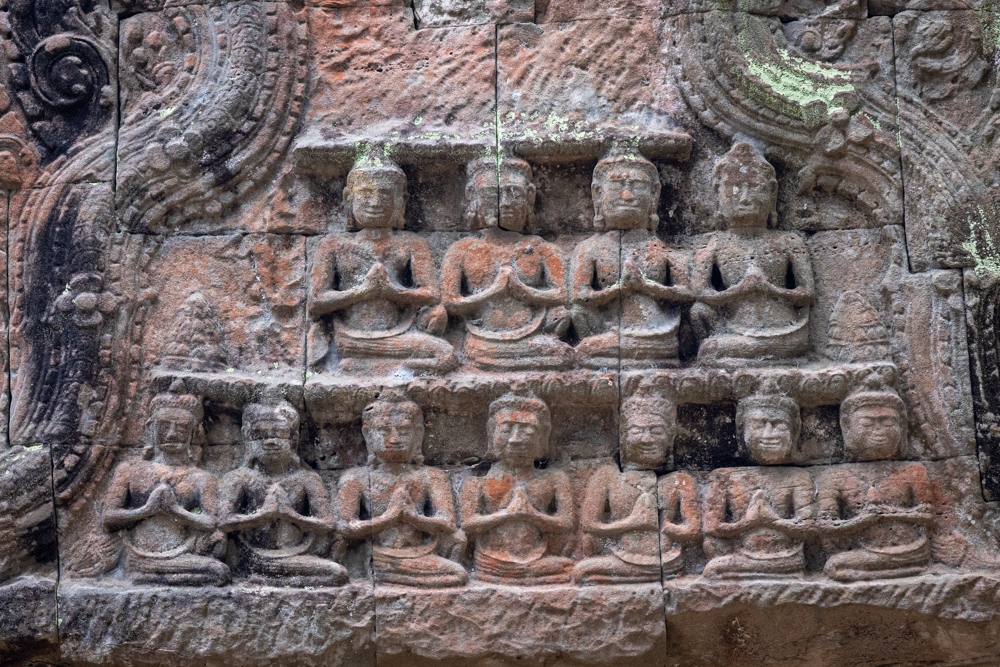

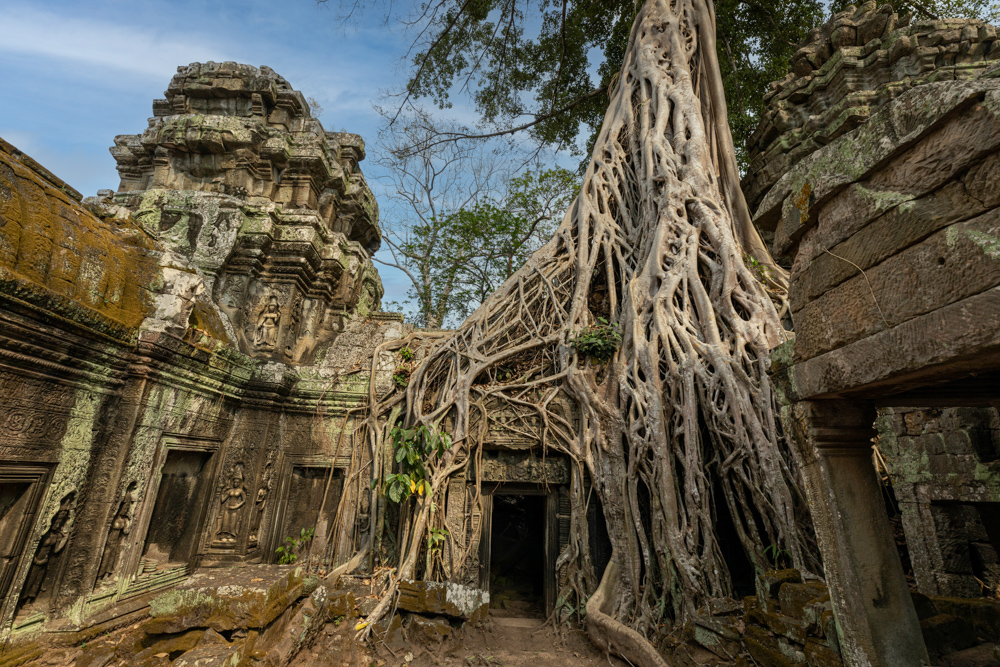
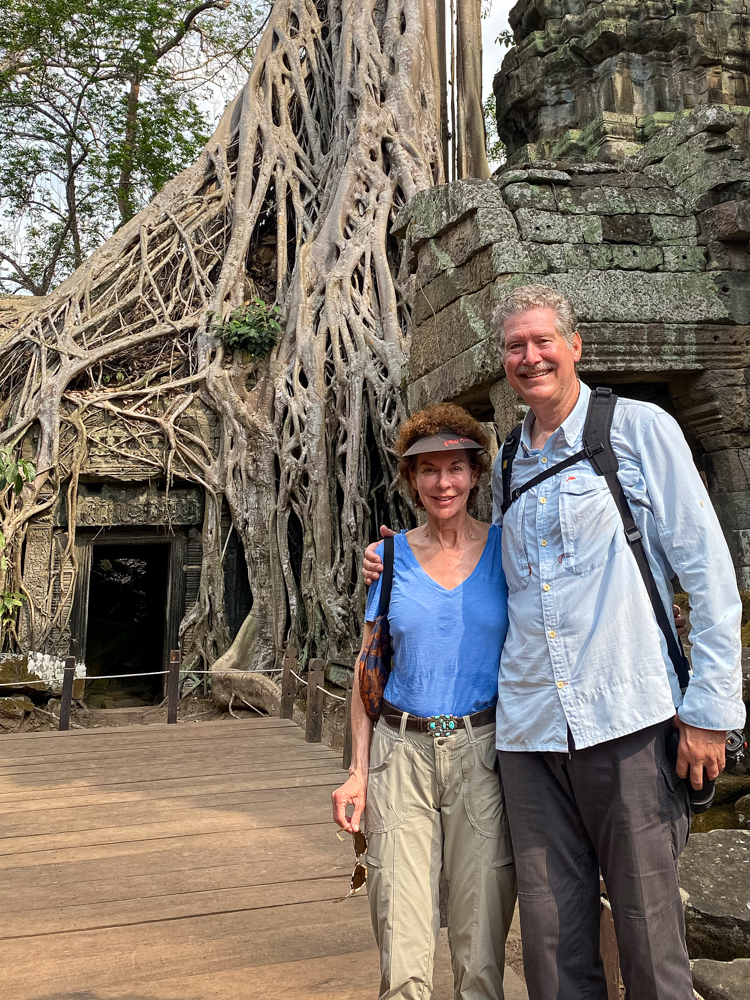
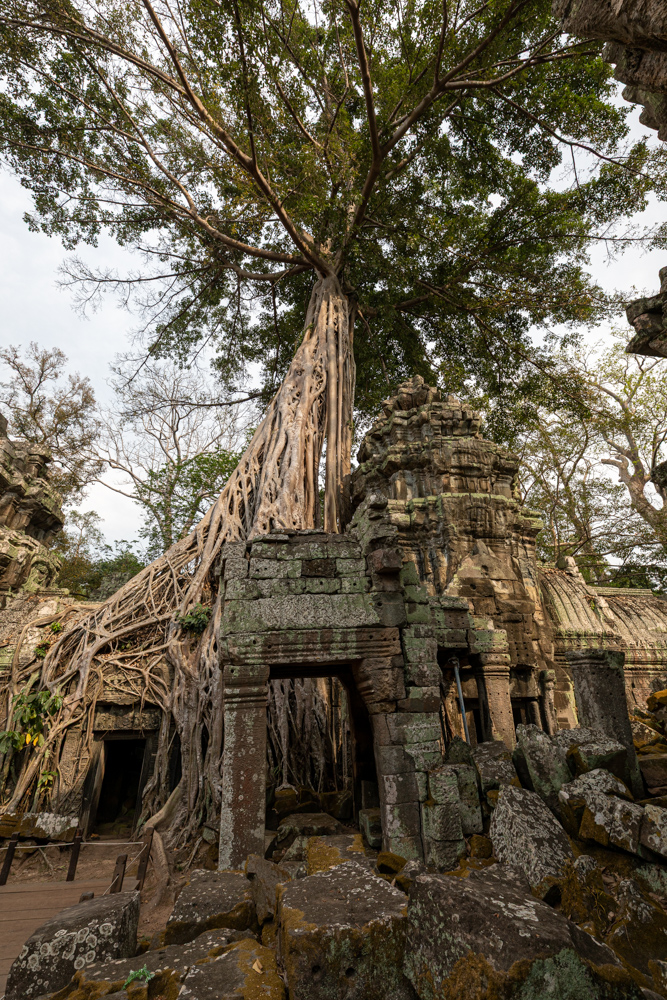
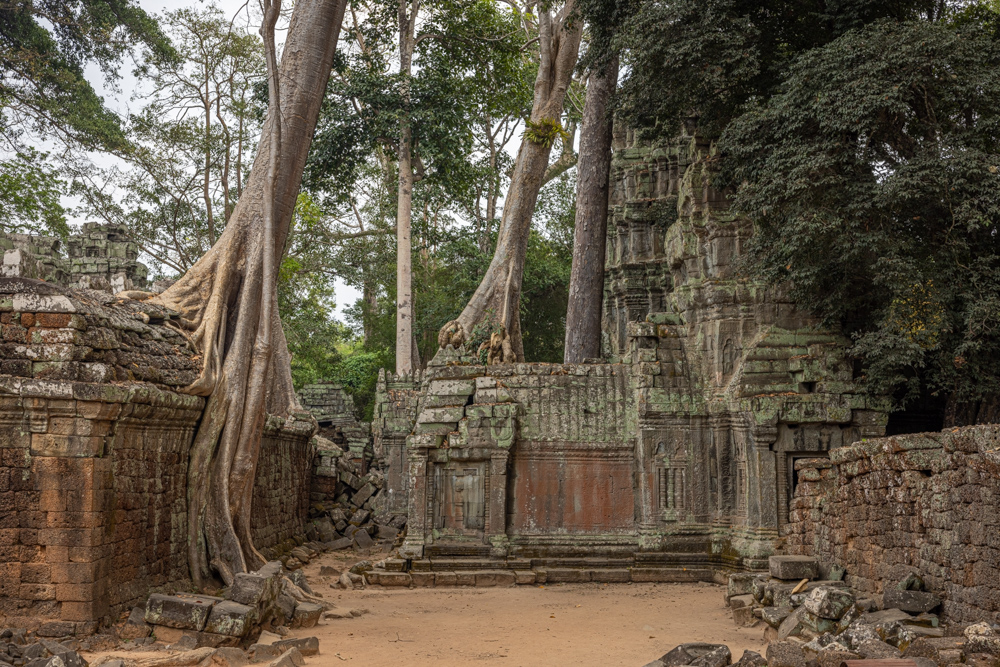
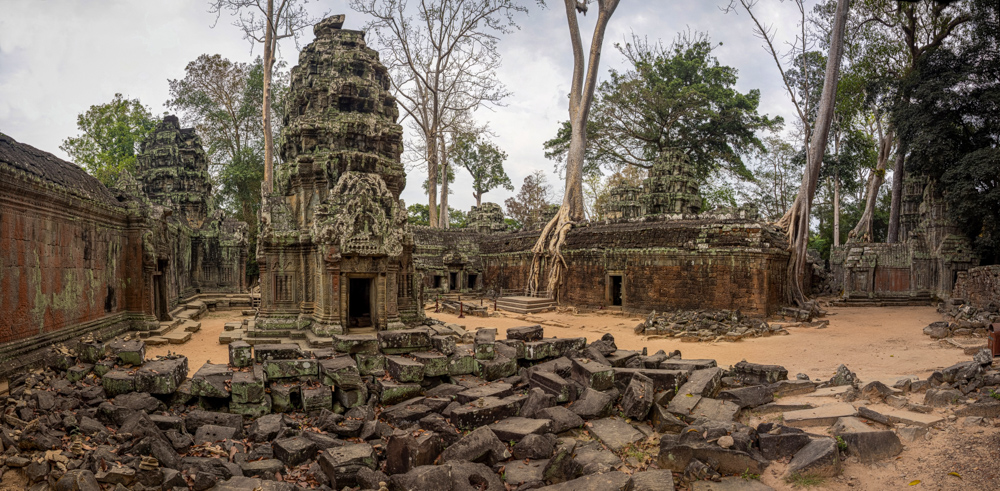
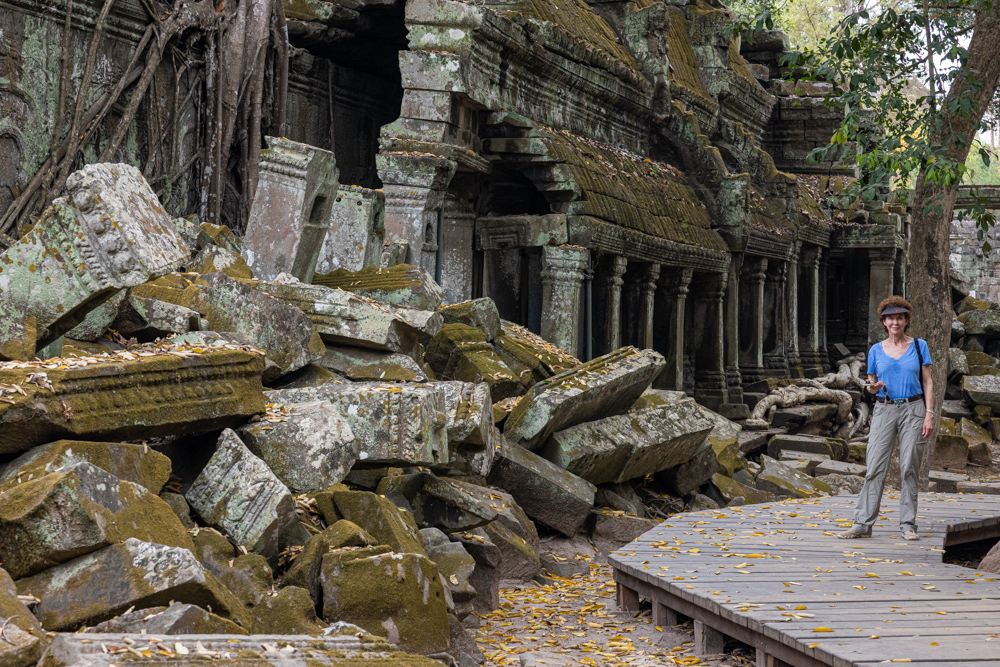
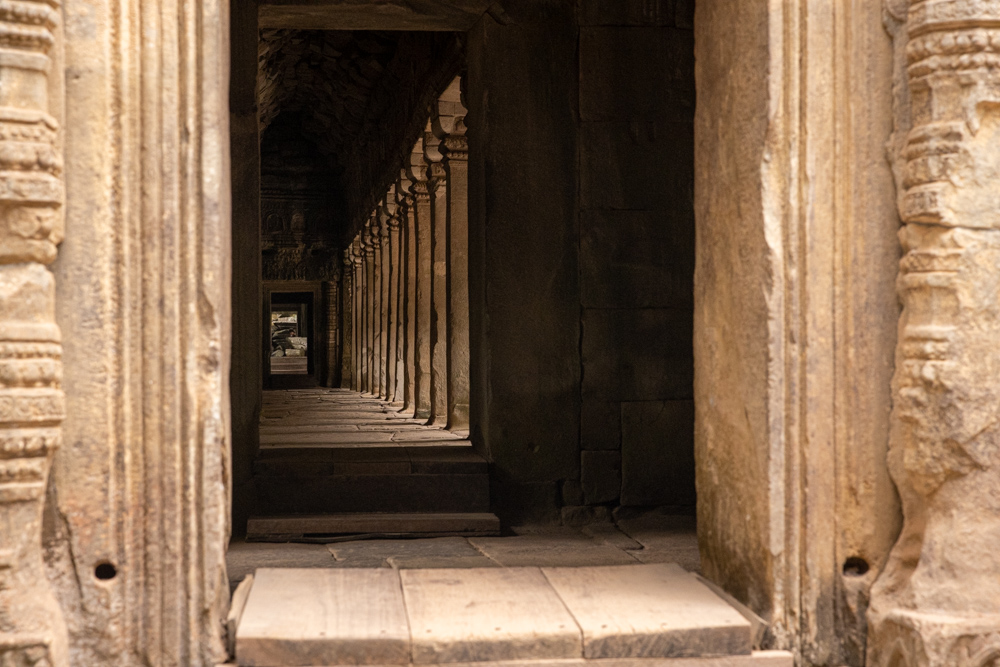
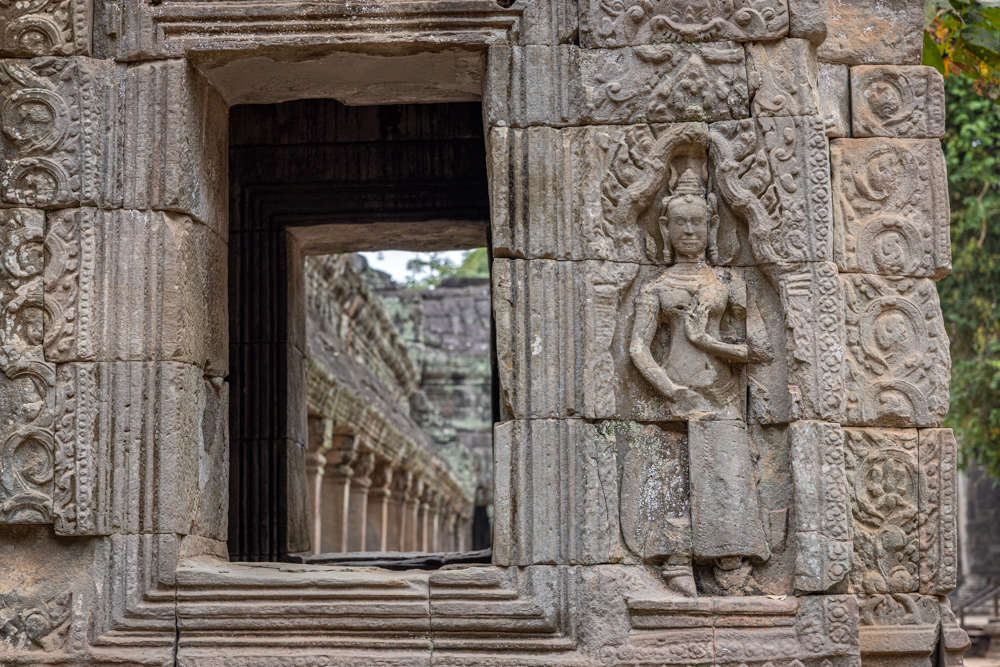
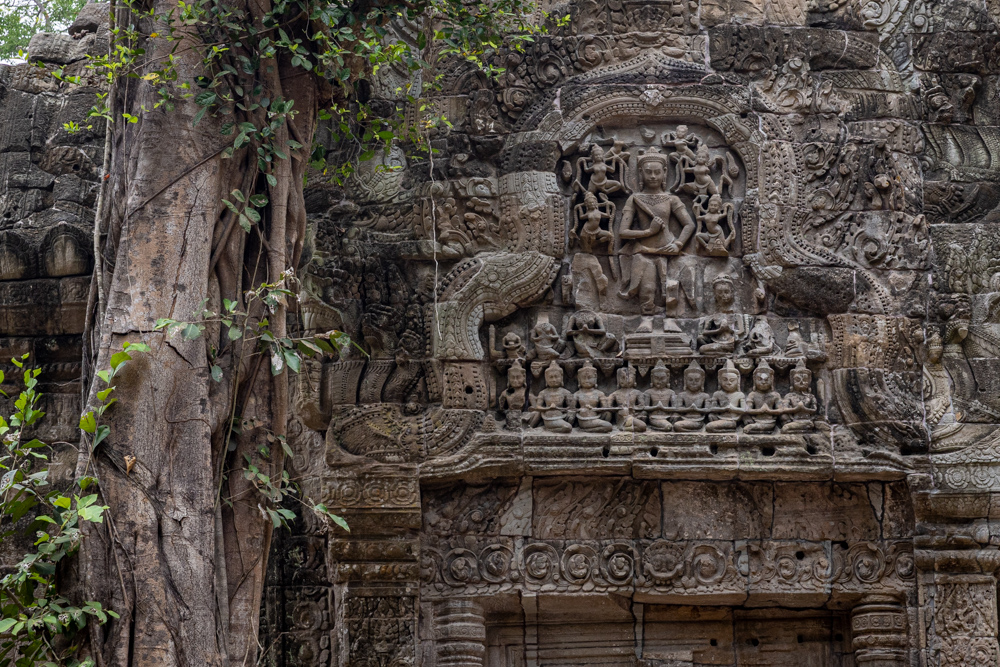
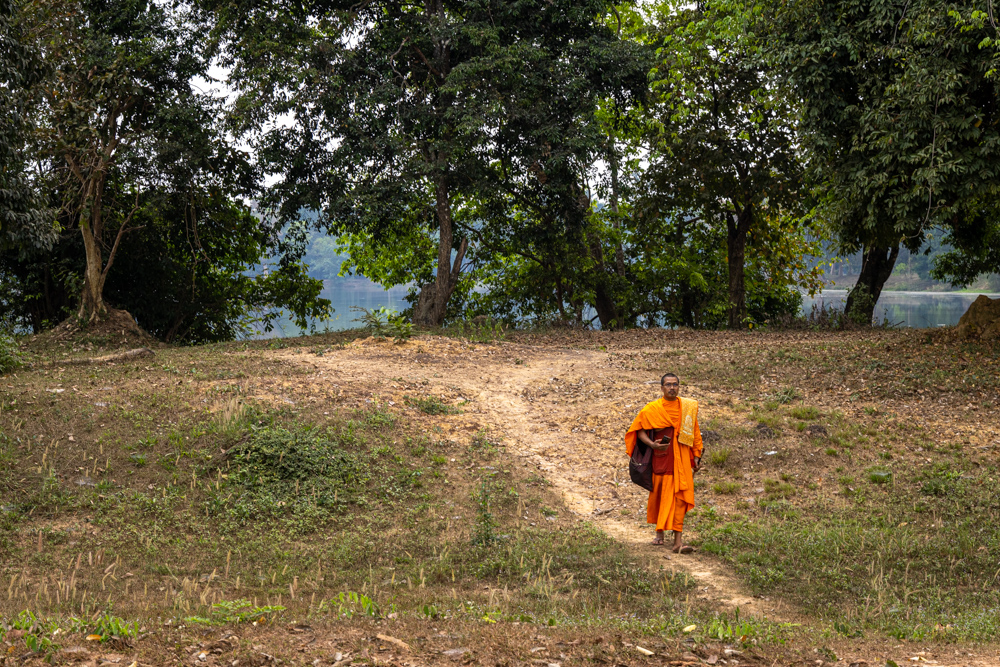
Cal was the only one who wanted to go back. As we were hiking to the temple we spotted a monk out for a hike.
